Geraniums
Geraniums, scientifically known as Pelargonium x hortorum, are popular flowering plants cherished for their vibrant blooms and attractive foliage. With their wide range of colours and delightful fragrances, geraniums have become a favourite among gardeners and flower enthusiasts. This comprehensive guide will explore everything you need to know about geraniums, including their origins, varieties, cultivation techniques, care requirements, propagation methods, and more. By the end of this guide, you will have a comprehensive understanding of geraniums and be well-equipped to grow and care for these beautiful plants in your garden.
Origins and Varieties:
Geraniums are native to South Africa and belong to the Pelargonium genus, which includes various species and hybrids. Numerous geranium cultivars are available, showcasing different flower colours, growth habits, and leaf shapes. Common varieties include zonal geraniums, ivy-leaf geraniums, scented-leaf geraniums, and regal geraniums.
Plant Features:
Geraniums are herbaceous perennial plants known for their rounded clusters of flowers and lobed or serrated leaves. The flowers come in various colours, including shades of red, pink, purple, white, and bi-colour combinations. The foliage is often aromatic and can vary in texture from smooth to fuzzy. Geraniums are compact and bushy in their growth habit, making them suitable for container gardening and garden beds.
Cultivation and Care:
Geraniums are relatively easy to cultivate and care for, making them ideal for gardeners of all skill levels. They prefer well-draining soil and thrive in full sun to partial shade conditions. Adequate watering is essential, allowing the soil to dry out slightly between waterings. Regular deadheading of spent flowers promotes continuous blooming. Fertilizing during the growing season can also enhance plant vigour and flower production.
Light and Temperature:
Geraniums thrive in full sun, preferably receiving at least six hours of direct sunlight daily. However, they can tolerate partial shade, especially in regions with intense afternoon sun. Regarding temperature, geraniums prefer moderate to warm climates, with an optimal temperature range of 60°F to 75°F (15°C to 24°C). Protect them from frost and cold drafts, as they are sensitive to low temperatures.
Propagation:
Geraniums can be propagated through various methods, including stem cuttings, seed sowing, and division. Stem cuttings are the most common and successful way to propagate geraniums. Take a healthy stem cutting, remove the lower leaves, and place it in a well-draining soil mix. The cutting will develop roots and grow into a new plant with proper care and humidity.
Pruning and Maintenance:
Regular pruning helps maintain the shape and overall health of geraniums. Pinching back the stems encourages branching and a fuller growth habit. Deadheading spent flowers keeps the plant tidy and stimulates new flower production. Removing yellowing or damaged leaves promotes better airflow and reduces the risk of fungal diseases.
Pests and Diseases:
While geraniums are generally resistant to many pests and diseases, they can still encounter issues such as aphids, whiteflies, and powdery mildew. Regular inspection and prompt treatment with organic insecticides or fungicides can help control these problems. Maintaining good plant hygiene, proper watering practices, and providing adequate air circulation can also prevent disease development.
Container Gardening:
Geraniums are excellent choices for container gardening. Their compact growth habit and colourful blooms make them perfect for adding vibrant accents to patios, balconies, and outdoor living spaces. Ensure proper container drainage, use a well-balanced potting mix, and water accordingly to prevent waterlogging.
Overwintering:
Geraniums are typically grown annually in colder climates but can be overwintered indoors or in protected environments. Before the first frost, dig up the geranium plants from the garden, trim them back, and repot them in containers. Please place them in a cool, well-lit area indoors, and reduce watering. They can survive the winter and be ready for outdoor planting in the spring with proper care.
Geraniums, with their stunning flowers and easy-care nature, are beloved plants that bring joy and colour to gardens, containers, and landscapes. Following the guidelines and insights in this comprehensive guide will give you all the knowledge you need to successfully grow, care for, and enjoy geraniums in your gardening endeavours. Whether you’re a beginner gardener or a seasoned enthusiast, geraniums will surely add beauty and charm to any outdoor space.
Things to know about Geraniums
Common (vernacular) Name
एन्थूरियम (Hindi), Anthurium, Flamingo Lily, Flamingo Flower, Painter's Palette, Lace Leaf, Pigtail Plants, Tail Flower and many more.
Botanical Name
Anthurium Andraeanum
Origin
Mexico to Tropical America (Colombia, Ecuador).
Family
Araceae
Plant Type
Tropical plant
Plant Features
Ornamental / Evergreen / Exotic
Life Cycle
Perennial
Landscape Uses
Container Planting and Houseplants.
Species
Belolonchium, Calomystrium, Cardiolonchium, Chamaerepium, Cordatopunctatum, Dactylophyllium, Decurrentia, Digitinervium, Gymnopodium, Leptanthurium, Pachyneurium, Polyphyllium, Polyneurium, Porphyrochitonium, Schizoplacium, Semaeophyllium, Tetraspermium, Urospadix, Xialophyllium.
Varieties
It comes with thousand of different varieties in a diversity of leaf and flower colorations.
Size
Height : 1 to 1.5 feet tall and Width : 1 feet wide when mature.
Indoors or Outdoors
Outdoors : Anthurium can be used outdoors in shady plantings, avoid direct sun light.
Indoors : Excellent plant grow in bright light or indirect light. Best indoor plants for beginners.
Blooming / Flowering
Blooming period is throughout the year.
Flower Colour
It’s come with a contrasting spadix Gold, Yellow, Orange, Pink, White, Green, Purple, Red, Burgundy, Multicolored and Variegated colours.
Lucky Plant
According to Feng Shui, It bring Good Luck in your relationships.
Lighting / Sun Exposure
Bright Indirect Sunlight.
Temperature
Grow best preferably warm temperature above 21°C and can be tolerate max temp. as high as 32°C.
Growth Rate
Anthurium is a slow to moderate growers plant.
Watering
Moderate watering, Mist or over head sprinkler to provide water and to improve relative humidity. Not tolerate overwatering it may cause root damage and yellowing of the leaves.
Fertilizer
Slow-release fertilizer, or a water-soluble liquid fertilizer once or twice in the growing season (Spring through Summer).
i.e. - Cow dung, DAP, Compost, NPK 30-10-10 fertilizer, liquid organic fertilizer etc.
Pruning
Pruning of Anthurium not much is needed. However, trimming away only discolored or dead leaves.
Propagation
Seeds : The best time to sow your Anthurium seeds is in the end of Winter / early Spring but it can't can give good result.
Stem Cuttings : The easier methods of propagation of Anthurium in water or in soil via stem cuttings, and can be done during the warm growing season.
Division : Division of Anthurium can be done in Rainy season, or better in February to March.
Dormancy Period
Month : November to February (winter season)
Shed their leaves and show poor growth, Watering minimally.
Avoid : Propagate, Fertilize and Repotting.
Container
Ceramic Pot, Plastic Pot, Terracotta or Clay Pot is preferred, which ensures good drainage as well as water holding capacity.
Soil Type
A well-drained Loam / Coarse potting soil is recommended as well as water holding capacity. Prevent soggy potting medium.
Our recommendation for potting mix : Equal part mixture of Garden Soil (25%) + Compost (25%) + River Sand (25%) + Cocopeat (25%). You can substitute pieces of Charcoal, Vermicompost, Perlite etc.
Soil pH
Lightly Acidic soil - Ideally 5.5 to 6.5 pH (potential of hydrogen) is recommended for Anthurium.
Repotting
It is advisable to repot the Anthurium every year or two preferably spring to midsummer season.
Maintenance
Low maintenance and easy to grow.
Properties
Toxic or Poisonous to both humans and pets upon ingestion.
Benefits
Excellent indoor air purifier, Anthurium plants turns CO2 into oxygen. It purifies indoor air by removing harmful chemicals like ammonia, toluene, xylene and formaldehyde.
Special Features
Doesn't attract hummingbirds and pollinators like butterflies and bees or wasps.
Infestation / Pests
Aphids, Scale insects, Thrips, Mealy bugs, Spider mites and caterpillars etc.
Diseases / Problem
Physiological Problem : Anthracnose, Leaf Spot and Powdery Mildew.
Bacterial Problem : Bacterial Blight, Bacterial Wilt and Black Nose Disease.
Fungal Problems : Root Rot and Water Mold.
Some Glimpse of Geraniums

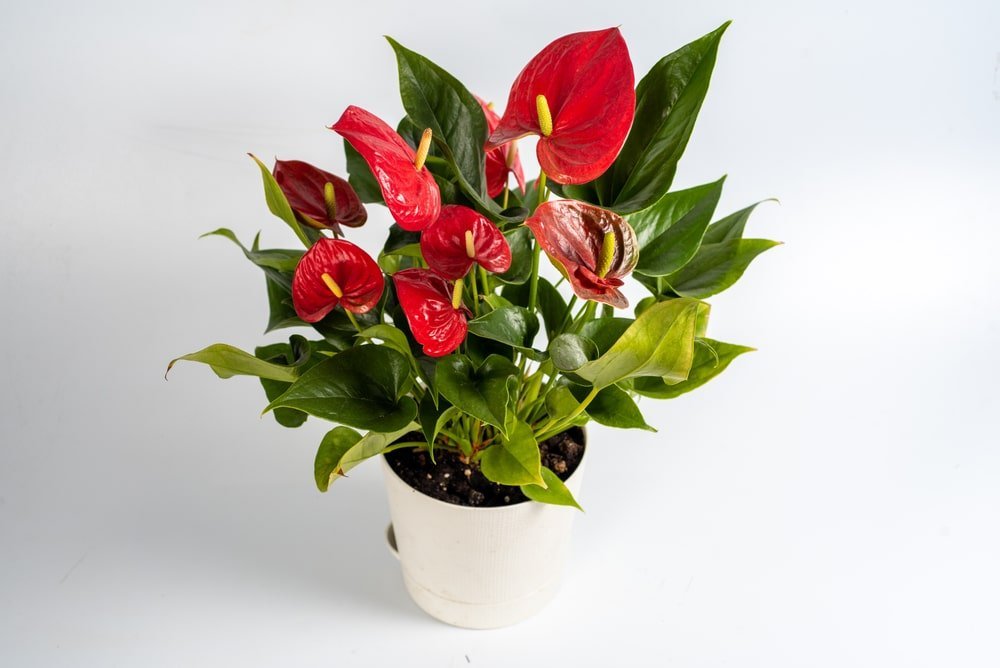
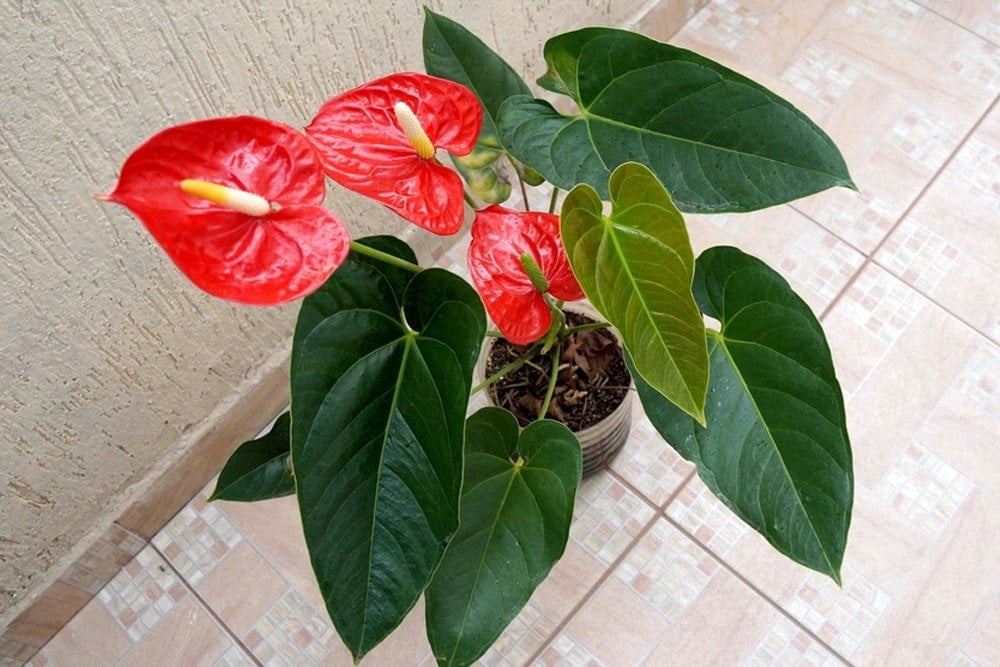



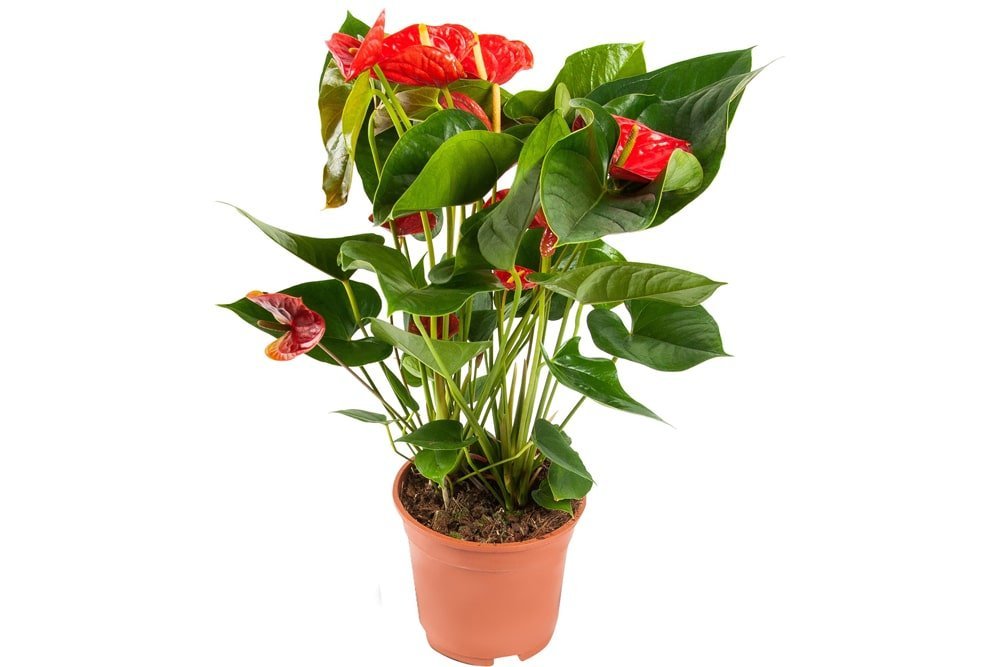

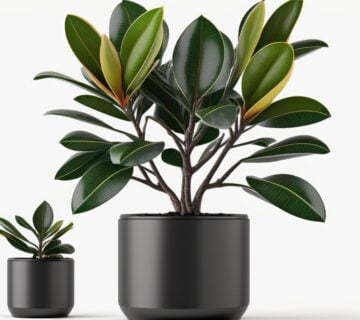
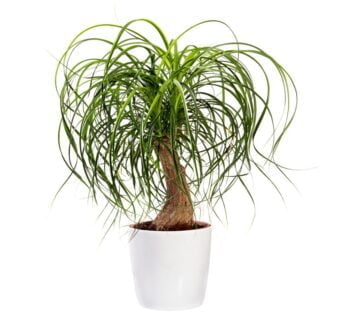
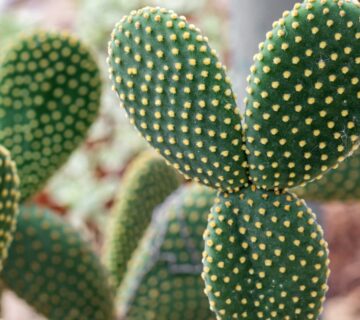
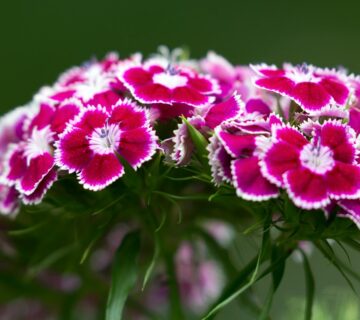
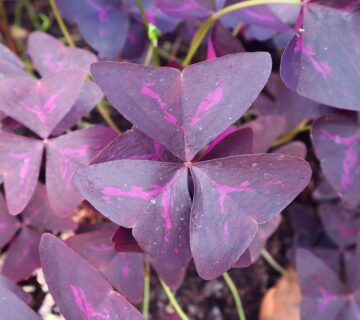


No comment